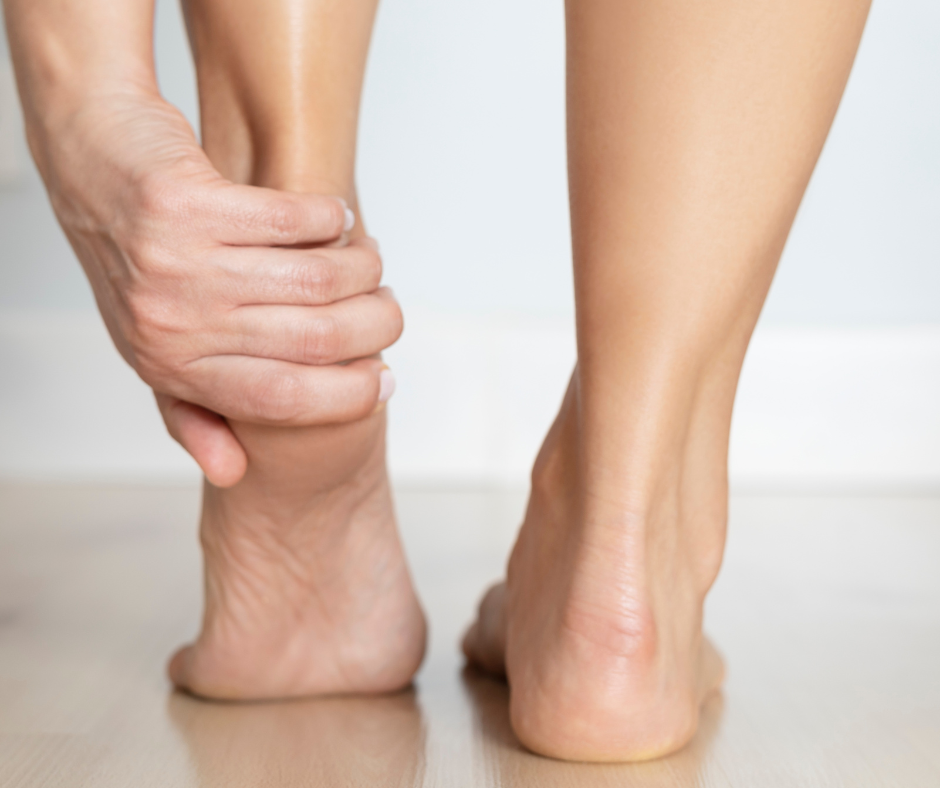
If you’re noticing persistent pain in your heels or the balls of your feet, you might be dealing with Fat Pad Atrophy. Seniors, we’re talking to you. Fat Pad Atrophy happens with age, and it’s a painful reminder that the natural cushioning in your feet is wearing down. And the first step toward feeling better is letting us at Syracuse Podiatry tell you why fat pads don’t last forever.
What Are Your Foot’s Fat Pads?
Imagine the natural shock absorbers for your body: that’s what your fat pads are. They are thick, specialized layers of fibrous tissue packed with fat cells strategically located right under the heel bone and the balls of your feet.
These pads are designed to flatten and absorb the impact that travels up your legs with every step you take, which is why when you don’t have them, they can be a great source of heel pain.
Why Does the Foot’s Cushion Disappear with Age?
Fat pad atrophy in seniors is largely a natural, biological process of wear and tear, compounded by decades of use.
- Loss of Collagen and Elastin: As you get older, the connective tissues that give the fat pads their structure and bounce break down. Think of your fat pad like an old, overused sponge; it loses its springiness and ability to rebound. The tissue becomes thinner and less elastic, while you feel more and more heel pain or metatarsalgia.
- Cell Breakdown: The fat cells and supportive tissues themselves can decrease in volume. Then, the fat pad can spread out sideways, rather than staying compressed underneath the bone.
- Cumulative Stress: Forty, fifty, or sixty years of walking, running, and standing on unforgiving surfaces add up. This lifetime of constant compression naturally speeds up the degeneration process.
The Problem of Thinner Foot Padding
While atrophy is age-related, it is often made worse by factors common in seniors, such as obesity and underlying conditions like arthritis, neuropathy, or diabetes. These systemic diseases damage blood vessels and nerves, which impair the foot’s ability to maintain and repair the fat pads.
Other aggravating factors include:
- Repetitive activities like running, which cause tissues to tear faster than they can repair.
- Improper footwear. Especially tight shoes that displace the fat pads laterally, or high heels that increase forefoot pressure dramatically.
- Corticosteroid injections, which can cause fat cell necrosis and atrophy in the immediate area.
However, if you are experiencing persistent pain in the weight-bearing areas of your feet, don’t just chalk it up to aging. Podiatrists like us can diagnose fat pad atrophy and recommend solutions like custom orthotics designed to cushion your thin areas.
For advice related to any podiatric concerns you’re facing, the expert team at Syracuse Podiatry is here to help guide you. Contact us today so Dr. Ryan L. D’Amico, Dr. Donal M. Erickson, Dr. Keith Sherman, and Dr. Nicholas Cronin can elevate your foot health and help your feet feel their best.
